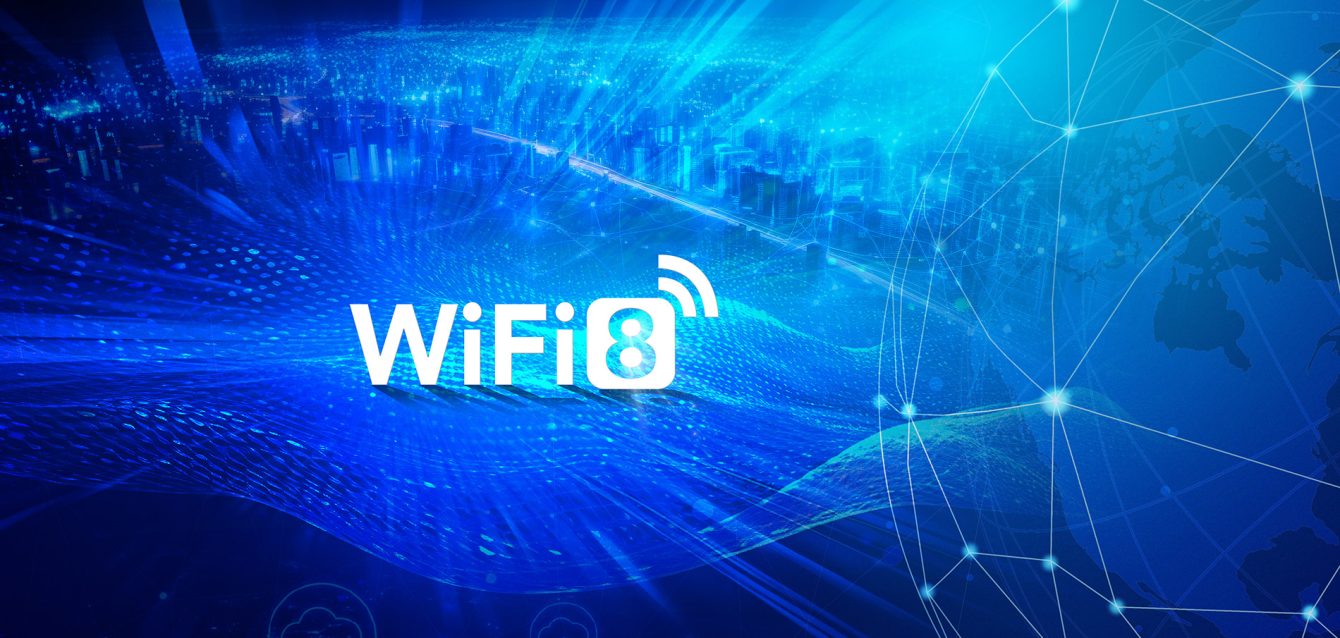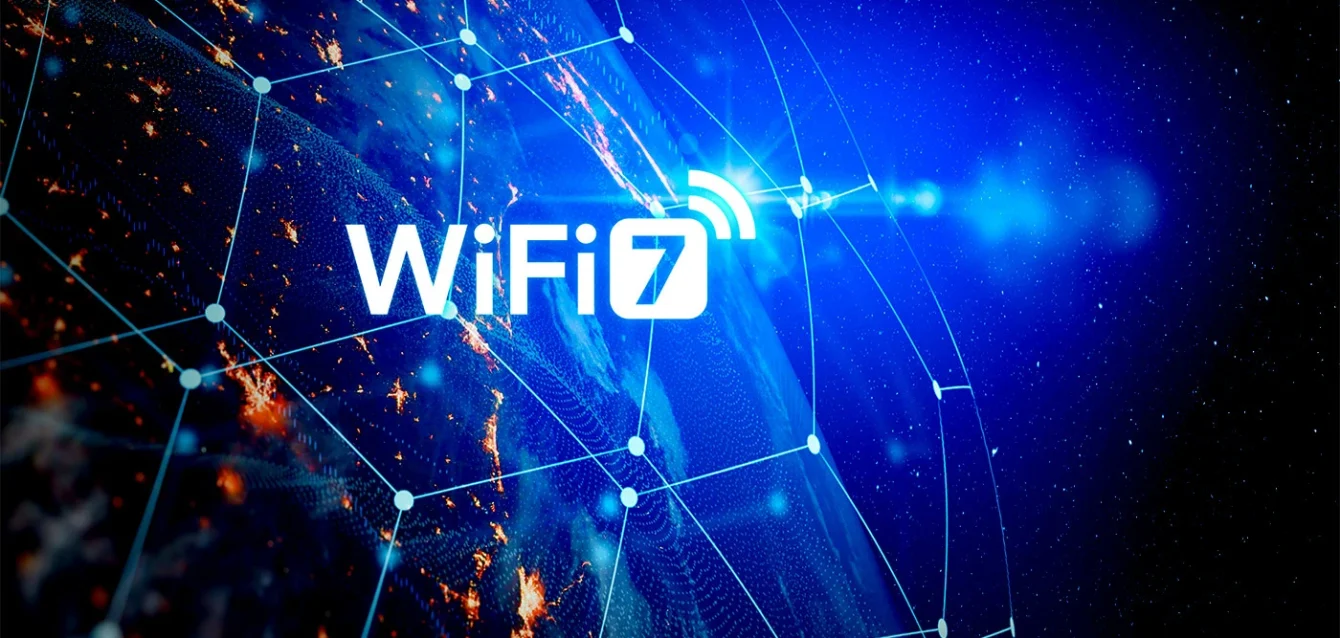The need for Wi-Fi 8 arises from the evolving demands of an ultra-connected world, where traditional metrics like throughput are no longer sufficient. The rapid proliferation of the Internet of Things (IoT), with billions of devices requiring stable connectivity, has exposed the limitations of previous standards. Wi-Fi 7, while a leap forward, still struggles with reliability in dense environments and latency-sensitive applications like real-time gaming, telesurgery, and industrial IoT
Artificial Intelligence (AI) integration will revolutionize next-generation Wi-Fi networks
As AI continues to evolve from science fiction to reality, its integration into Wi-Fi management promises a future where connectivity is not only ubiquitous but also intelligent and adaptive. Wi-Fi engineers are encouraged to embrace AI tools to enhance their domain expertise, paving the way for a new era of autonomous network management.
Wi-Fi 7: The Future of High-Performance Wireless Connectivity
With speeds up to 30 Gbps, Wi-Fi 7 enables applications and services that were previously unattainable. From 8K video streaming to virtual reality (VR) and augmented reality (AR), the possibilities are endless.




